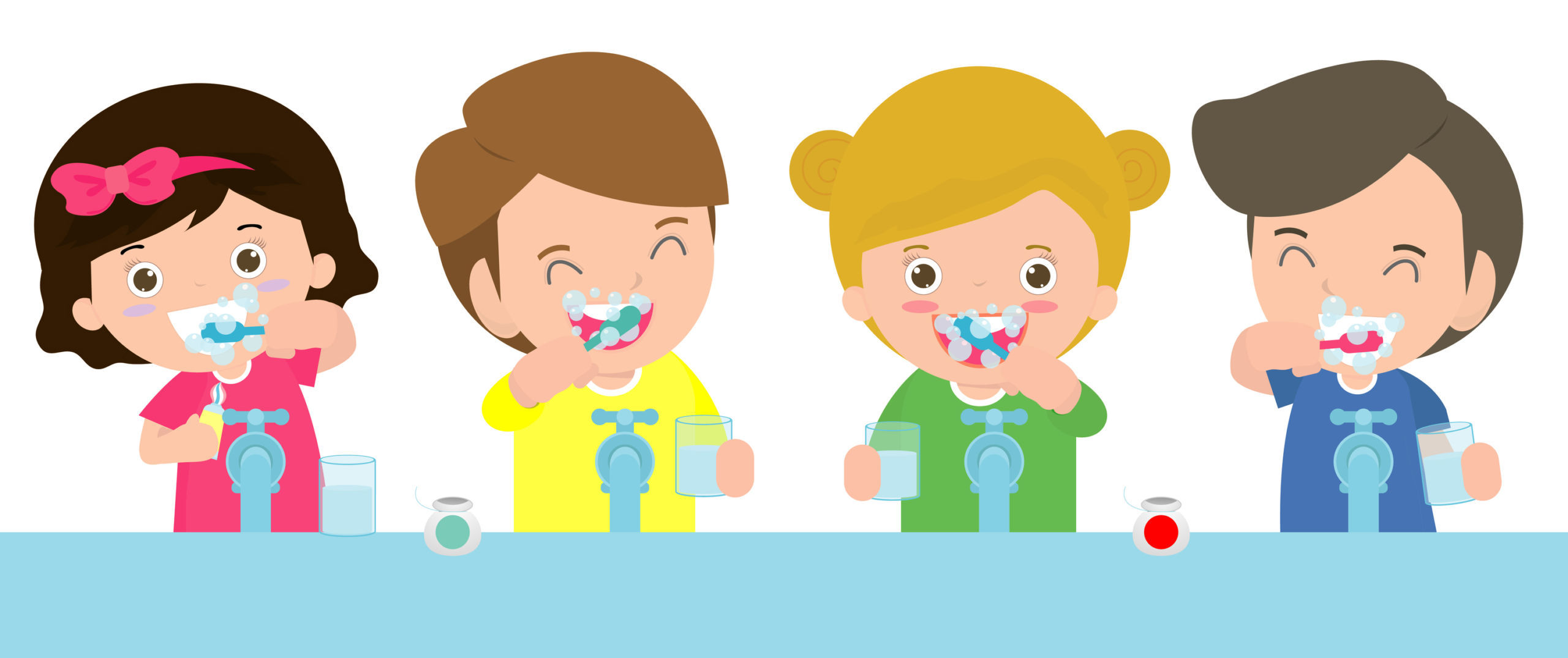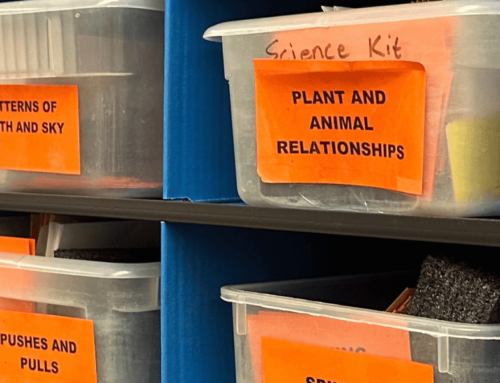Did you know that dentists recommend children visit the dentist by their first birthday? In a recent study, most young children had dental coverage; however, 62% had no preventive dental care (Carpino, et al, 2017). It is imperative that we change these perspectives and make early prevention of dental disease a priority.
Do you remember your first visit to the dentist? Was it good or bad? Does it impact your current oral health care decisions? One in five adults report that feeling anxious is the most common reason why they avoid dental care (Carter, 2018) and negative parental experience impacts their attitude in accessing preventive care. Additionally, many adults have a lack of value for baby teeth (Carpino, et al, 2017).
Researchers have been studying the effects of dental disease for years and here are some brief snippets of what they have found:
- Children two-five years old have had a gradual increase in cavities since 1980 (Horowitz, et al, 2017).
- Young children most likely to have cavities are also the ones who had delayed dental care (Voogdt, 2014).
- Children born to mothers with untreated dental disease or loss of teeth due to decay are three times more likely to have decay before age five (Washington State Department of Health, 2017).
- Non-poor students have lower rates of cavities compared with those in lower socioeconomic groups. However, there is no significant difference in rates of treatments between socioeconomic groups (Horowitz, et al, 2017).
- Generally, young children are more difficult to treat, often requiring general anesthesia (Horowitz, et al, 2017).
While researching this topic, I confirmed that untreated dental disease can lead to toothaches, problems with sleeping and eating, absences from school or work, speech problems, concentration issues, learning problems, bullying, and in rare instances death from infection that has spread to brain (Voogd, 2014 & Washington State Department of Health, 2017). In a recent study, it was estimated that dental disease attributed for the loss of 51 million school hours (Carpino, et al, 2017).
What If I told you dental disease is preventable!
Progress is being made to eradicate dental disease and results of Washington’s 2015-2016 Smile (2017) survey show Washington State faring better than the national average when it comes to overall oral health. Key findings include:
13,000 Kindergarten, 2nd-grade and 3rd-grade students were screened in 76 schools across Washington:
- Since 2005 the number of students who ever had a cavity decreased from 60% to 53%
- 88% have received treatment for their decay, leaving only 12% with untreated decay
- Sealants had been placed for 14% of Kindergarten students, compared with 5% in 2005
- 54% of 3rd grade student had sealants, which is far better than the national average of 32%
Number of Pre-K students from 47 Head Start sites from around the state was 1,400:
- 17% had untreated decay- improved from 2005, but not 2010
- 13% had unmet treatment needs, which beats the national average of 25%
However, there is still lots of work to be done to improve the oral health needs for the children in Washington State. Here are some things to consider:
- The American Dental Association has celebrated National Children’s Dental Health Month in February since 1981. For information on how you can promote and celebrate National Children’s Dental Health Month visit the ADA website.
- Support key Washington State programs outlined in the smile survey.
- Encourage participation in the Access to Baby and Child Dentistry (ABCD) program (which is celebrating 20 years in Washington State).
- Promote School Based Sealant Programs
- Support preventive oral health education programs in early learning programs
- Expand and maintain community water fluoridation programs
- Be a role model for others
- Visit the dentist
- Practice good oral hygiene- brush twice a day and floss once
- Choose tooth healthy food and beverages
And finally, smile!
References:
American Dental Association (2019) National Children’s Dental Health Month. Retrieved from https://www.ada.org/en/public-programs/national-childrens-dental-health-month
Carpino, R., Walker,M.P., Liu,Y., & Melanie Simmer-Beck, M., (2017) Assessing the Effectiveness of a School-Based Dental Clinic on the Oral Health of Children Who Lack Access to Dental Care: A Program Evaluation.
The Journal of School Nursing. 33 (3) 181-188. DOI: 10.1177/1059840516671784
Carter, N (2018). Dental Anxiety Effects on Quality of Life. Positive Health. 249. Retrieved from http://www.positivehealth.com/article/dentistry/dental-anxiety-effects-on-quality-of-life
Horowitz, A. M., Kleinman, D. V., Child, W., D., Radice, S. D., & Maybury, C. (2017) Perceptions of Dental Hygienists and Dentists about Preventing Early Childhood Caries: A Qualitative Study
Voogd,C., (2014) Addressing tooth decay in children and young people. British Journal of School Nursing 9(6), 276- 281. doi.org/10.12968/bjsn.2014.9.6.276
Washington State Department of Health Smile Survey 2015-2016 A Report on the Oral Health of Washington’s Children (2017). Retrieved from: https://www.doh.wa.gov/Portals/1/Documents/Pubs/340-309-2016SmileSurvey.pdf




